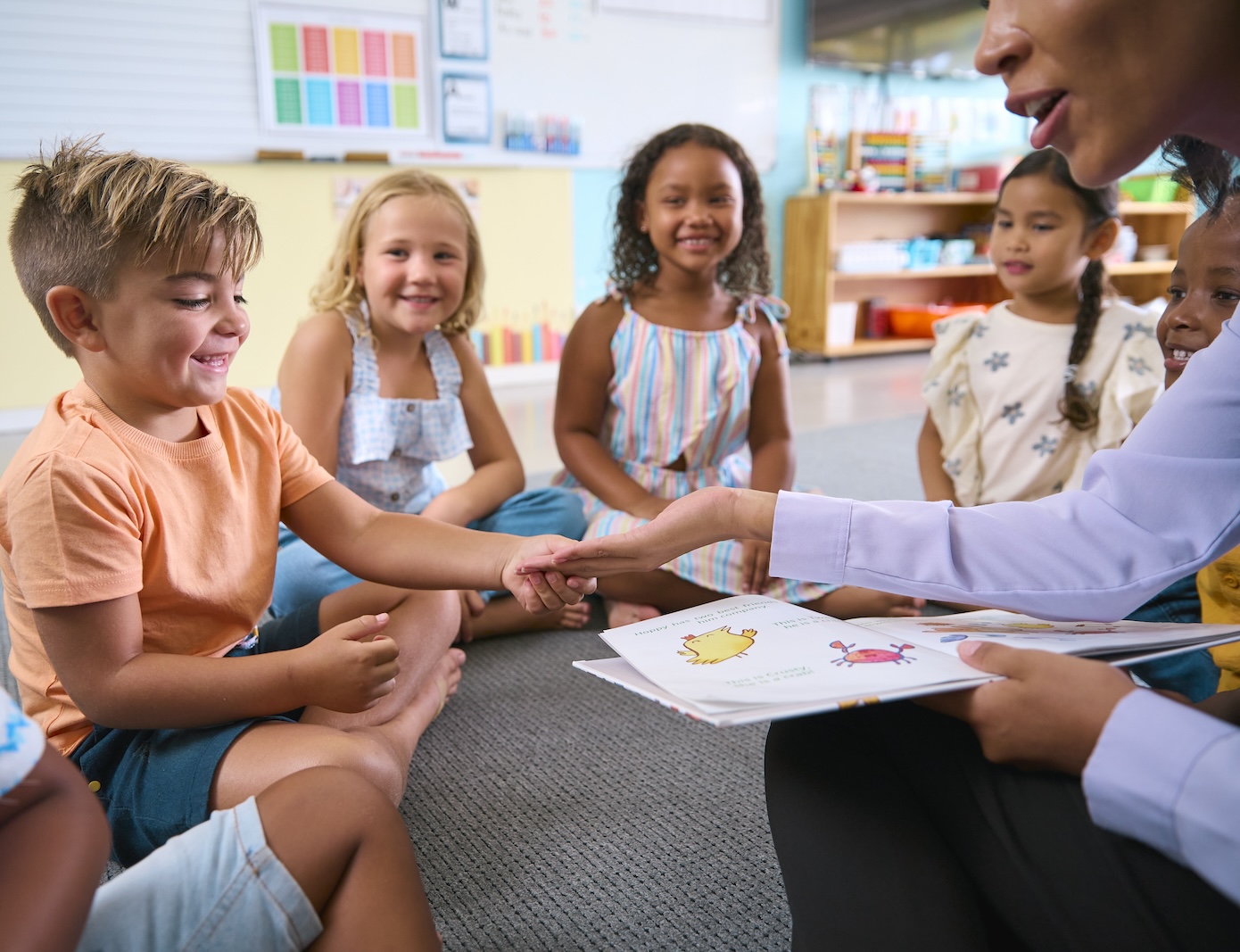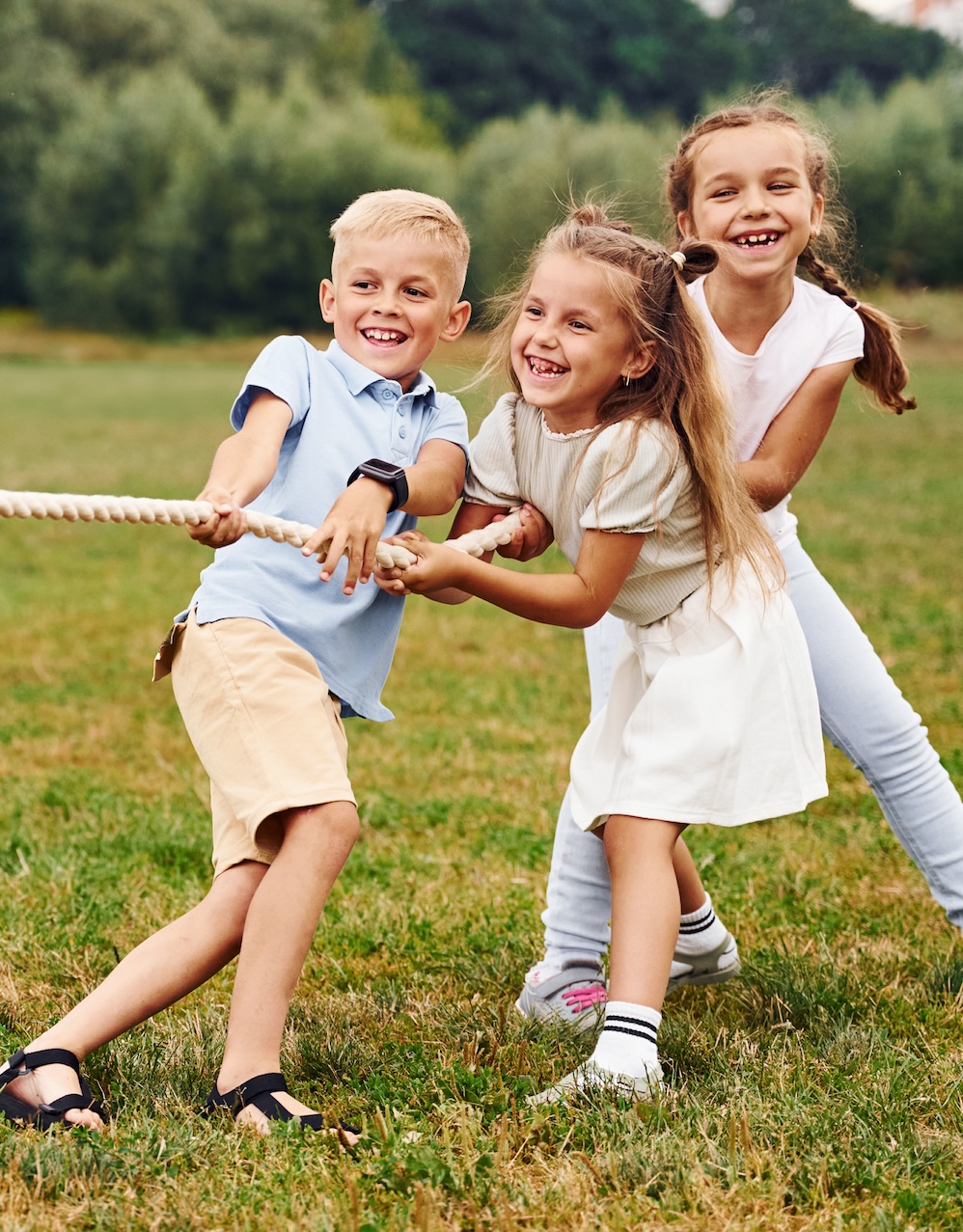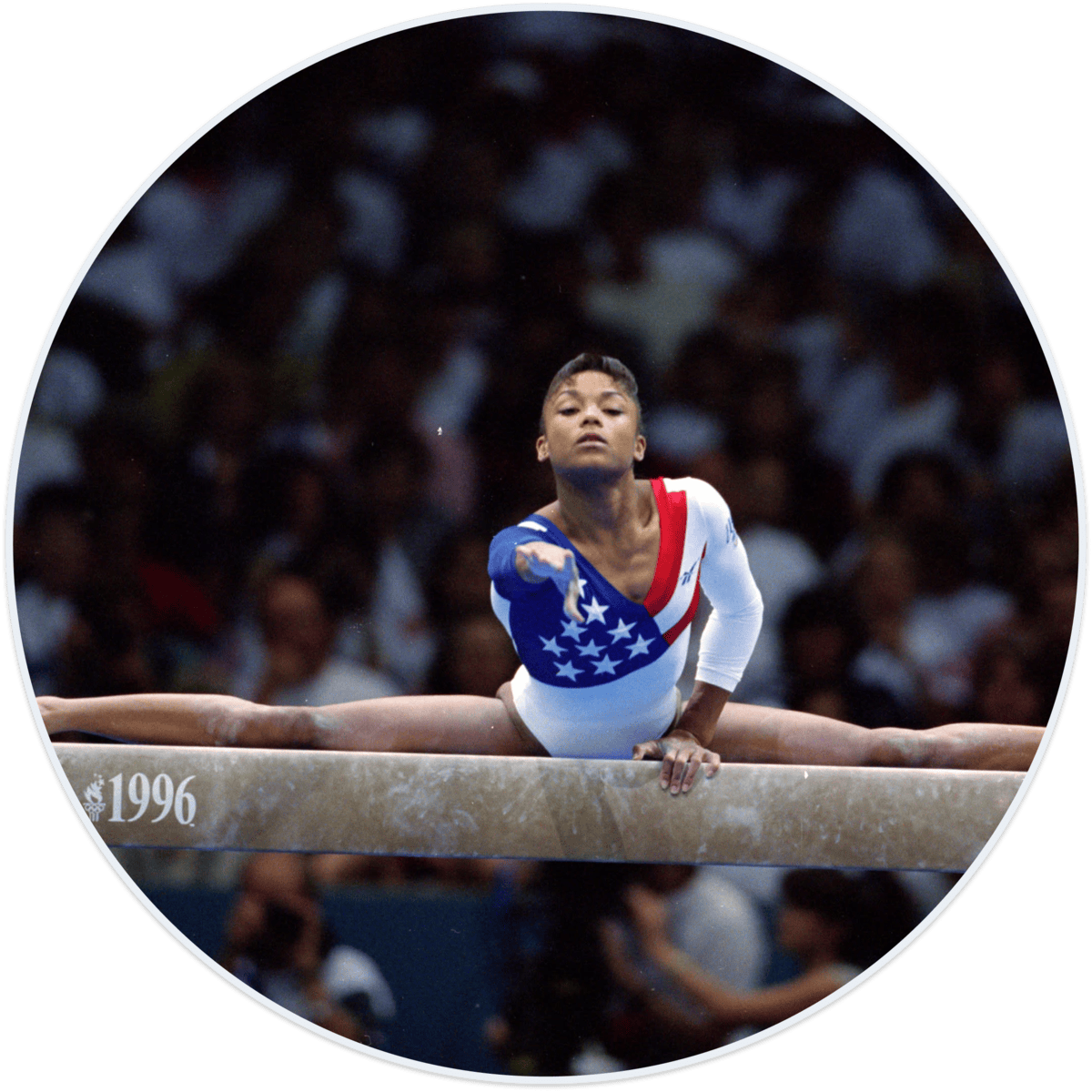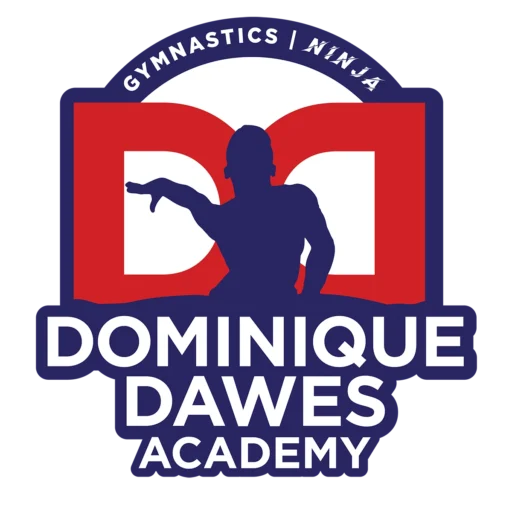
We see you, parents. You’re in the aisle staring at a wall of character-themed backpacks while debating whether to buy the 24-pack or 64-pack of crayons. August back-to-school checklists are long for a reason, and the ritual of shopping for supplies, labeling the clothes and practicing our ABCs is exhausting but familiar. But as child development experts and parents ourselves, we know there’s one critical question we often fail to ask ourselves. Sure, your child’s backpack and books are ready for school — but is their body?
We often focus so much on the mental preparation for learning that we can lose sight of the fact that school is a physically demanding job. Especially for our little ones between the ages of 2-7, it requires skills not found on any supply list. It takes a body that can sit still for circle time, hands that can hold a crayon without getting tired, and a body awareness that can get around a busy classroom without getting in the way.
True back to school readiness is about the whole child. Let’s pause for a deep breath away from that supply list and look at the basic movements that will prepare our kids for a successful, confident, and happy school year.
Table of Contents
School is a Full Body Workout
Think about what a typical day looks like for a kindergartener. It’s a marathon, not a sprint! It includes:
- Sitting “criss-cross applesauce” on the rug.
- Line up and then walk through crowded hallways.
- Carrying a lunchbox and maybe a library book, too.
- Cutting, pasting, and drawing for extended periods of time.
- Recess with an explosion of energy on the playground.
It may surprise you to learn that every one of those tasks takes a surprising amount of physical skill. When we build those skills with our children in a fun way through play, we’re not only helping them have more fun on the playground, we are setting them up to be better learners in the classroom.

It’s All About the Center: The Importance of Core Strength
Does your child slump over their coloring page or wobble and topple over every five minutes during story time? It may not be lack of interest, but rather lack of core strength. A strong and stable core—the muscles of the tummy, back, and pelvis—is the literal foundation for everything else. Core strength provides the stability required to sit up straight and focus, as well as the anchored position from which the movements of the arms and legs required for fine motor tasks.
Core strength for kids is in our experience one of the most effective things you can do to ready your child for school.
Playful Core-Strength Exercises:
Animal Walks: Challenge your child to walk across the living room as different animals. A bear crawl (hands and feet) is a great one. A crab walk (walking sideways on hands and feet with the belly facing up) is silly and effective.
The Superman (or Supergirl!): Have your child lie on their stomach and raise their arms and legs off the floor in preparation for flying. How long can they hold their “flight” position before landing?
Tummy Time… for Big Kids: Lie down on their tummy while they do a puzzle, read a book or draw. Supporting themselves on their elbows in this simple position is an excellent way to challenge the core and shoulder stabilizers.
Monkey Bars to Masterpieces: Gross Motor Skills in Fine Motor Development
We know what you’re thinking… the monkey bars? Really? The secret to better handwriting may actually be found on the playground. Development occurs from the inside out or in the language of experts, proximal (close to the center) to distal (far away from the center). Put simply, to have good strong hands and fingers to hold a pencil or a pair of scissors, children first need strong stable shoulders and arms.
Activities that challenge and strengthen the upper body and grip—what we at Fun 4 Your Kids call gross motor skills—directly support the fine motor skills they will use for school art projects and worksheets.
Games to Connect Gross and Fine Motor Skills:
Playground Time: Climbing ladders and hanging from monkey bars before being able to pick up a crayon may not seem like it, but this is developmental gold. This is not recess—it’s pre-writing practice!
Wheelbarrow Walks: Hold your child’s legs while they walk forward on their hands. This is a classic exercise for a reason—it’s great for developing shoulder and arm strength!
Heavy Work: Have your child help with “heavy” chores such as pushing the laundry basket to their room or carrying a light (but heavy enough for safety) stack of books.
Surviving the Social Jungle Gym: The Wonders of Body Awareness
The preschool classroom is a jungle gym, but with many more kids and much less equipment! For a child to negotiate a preschool classroom successfully, they must have a reasonably well-tuned body awareness system. This sense is also called proprioception, and it is the body’s “sixth sense” that allows us to navigate and orientate ourselves in space without needing to look. A child with good proprioception can move through the classroom without bumping into tables and chairs, squeeze through a line of friends without causing a pile-up, and know how much force to apply when giving a friend a hug or building a block tower.
Helping your child improve this internal GPS has benefits that include not only avoiding accidental bumps and bruises but also the confidence to engage with peers.
Playful Ways to Improve Proprioception (Body Awareness):
Obstacle Courses: This is the king of proprioception builders. Have your child crawl under tables, climb over cushions, or balance along a line of tape on the floor.
Simon Says: Play Simon Says, but use body commands. “Simon says touch your nose to your knee!” or “Simon says balance on your left foot!”
Pushing/Pulling Games: Play a gentle game of tug-of-war on a large bedsheet or have them push a large yoga ball back and forth. This helps the body register pressure and resistance, helping to fine-tune the internal GPS.

Refueling the Engine: The Importance of Physical Stamina
The school day is long, and all that talking and sitting can be exhausting. Building up a child’s physical stamina can help them to hold their concentration and maintain their energy from the morning bell until dismissal. An active child has a body that is used to moving and therefore better able to meet the energy demands of an exciting and stimulating day.
Playful Activities to Build Stamina:
Dance Parties: Put on their favorite music and dance around! Can you last through three whole songs?
Red Light, Green Light: Red Light, Green Light isn’t just for fun, it’s a useful game for school as it requires kids to start and stop at the press of a foot, while the “green light” phases help to build up stamina.
Longer Outdoor Play: If possible, try to make park visits or backyard playtime a little longer in the weeks leading up to school to help build endurance.
Set Up for Success with
Dominique Dawes Academy
Getting our kids ready for school is about a lot more than what goes in their backpack. It’s about cultivating a capable, confident body that is prepared to sit, learn, play and explore. Turning these developmental essentials into fun, accessible games gives them the hidden edge they need for the classroom and beyond. The formula is simple: Play+Practice=Progress
If you’re searching for a safe, structured and FUN place for your child to develop all of these critical skills, we think we can be your family’s number one partner. The programs at Dominique Dawes Academy are thoughtfully crafted to sharpen kids’ kindergarten physical readiness skills and much, much more.
Our expert coaches guide children through exercises that build core strength, body awareness and physical confidence in a world-class environment designed for fun and safety. We don’t just teach kids flips and climbs, we build stronger, more focused, more resilient kids, ready to take on the world — starting with their new classroom.
Learn how Dominique Dawes Academy can help your child reach their full potential and develop a lifelong love of movement. Contact us today to learn more about our programs and get your child enrolled!
Contact Information
Have Questions or Concerns? Call Our Office at (240) 690-4138
Our Clarksburg Location
22530 Gateway Center Drive
Clarksburg, MD 20871
Recreational Gym – Suite 500
Preschool and Ninja Gyms – Suite 700
Our Rockville Location
5626 Randolph Road
Rockville, MD 20852


